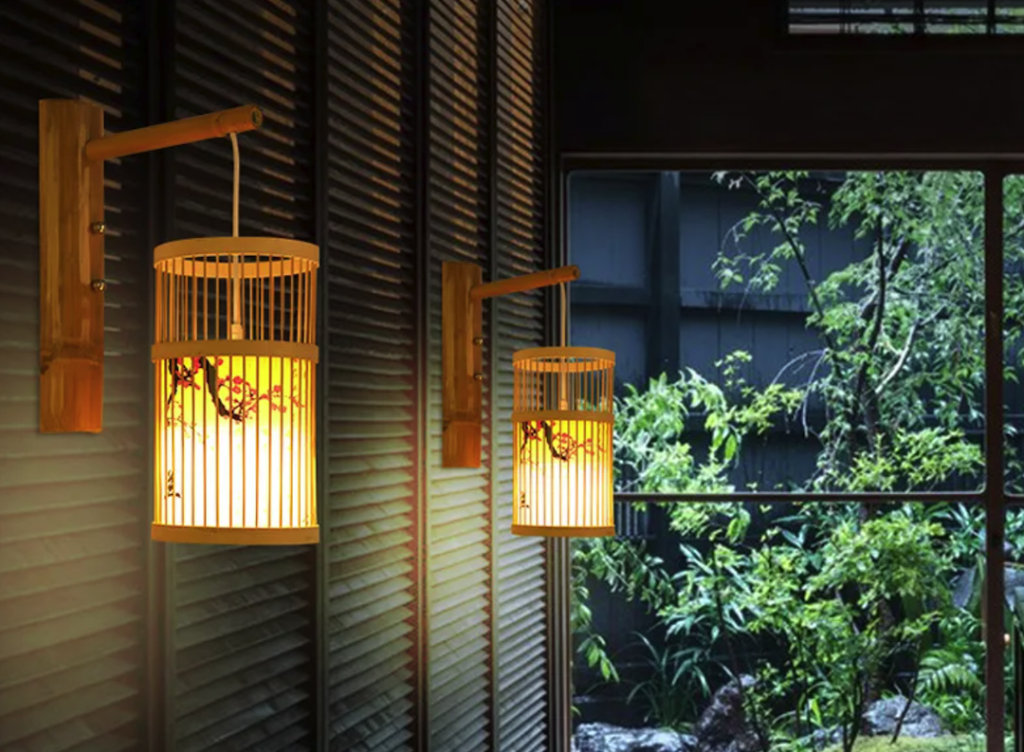Zen style, rooted in Zen Buddhism, emphasizes simplicity, tranquility, and a deep connection to nature. This aesthetic is not merely about visual appeal; it embodies a philosophy that encourages mindfulness and presence in one’s environment. The essence of Zen design is to create spaces that promote peace and introspection, often achieved through minimalism and the careful selection of elements that resonate with the natural world.
In a Zen-inspired space, every item serves a purpose, and clutter is avoided to foster a sense of calm. The principles of Zen style can be traced back to traditional Japanese architecture and garden design, where the interplay of light, shadow, and natural materials creates a harmonious balance. This approach often incorporates asymmetry, allowing for a more organic flow that mirrors the unpredictability of nature.
By understanding these foundational concepts, one can begin to appreciate how Zen style transcends mere decoration, becoming a way of life that encourages serenity and mindfulness in everyday activities.
Incorporating Asian Design Elements
Incorporating Asian design elements into a Zen-inspired space can significantly enhance its tranquil atmosphere. Asian aesthetics often celebrate the beauty of simplicity and the natural world, making them ideal companions for Zen style. Key elements include the use of natural materials such as bamboo, rice paper, and stone, which not only add texture but also evoke a sense of connection to the earth.
For instance, bamboo can be used in furniture or as decorative accents, while rice paper screens can serve as room dividers that diffuse light softly. Color palettes in Asian design typically favor muted tones inspired by nature—soft greens, earthy browns, and gentle grays. These colors can be integrated into wall treatments, textiles, and decorative accessories to create a cohesive look that promotes relaxation.
Additionally, incorporating traditional Asian motifs such as cherry blossoms or koi fish can add a layer of cultural richness to the space. However, it is essential to maintain a balance; too many decorative elements can disrupt the serene ambiance that Zen style aims to achieve.
Choosing the Right Wall Light
Selecting the appropriate wall light Cooblo is crucial in establishing the desired mood within a Zen-inspired space. Lighting plays a pivotal role in creating an atmosphere of tranquility; therefore, it is essential to choose fixtures that align with the principles of Zen design. Wall lights should provide soft, diffused illumination rather than harsh, direct light.
Fixtures made from natural materials like wood or paper can enhance the organic feel of the space while contributing to a warm glow. When considering wall lights, look for designs that embody simplicity and elegance. For example, lantern-style fixtures with clean lines can evoke a sense of calm reminiscent of traditional Japanese lanterns.
Alternatively, wall sconces with rice paper shades can diffuse light beautifully, casting gentle shadows that add depth to the room. The placement of these lights should also be considered carefully; they should illuminate key areas without overwhelming the senses or creating visual clutter.
Creating a Serene Atmosphere
To cultivate a serene atmosphere in a Zen-inspired space, it is essential to focus on sensory experiences that promote relaxation and mindfulness. This involves not only visual elements but also sound, scent, and touch. Soft textures such as cotton or linen can be used in textiles like cushions and throws to create a tactile experience that invites comfort.
Additionally, incorporating elements like water features or indoor plants can enhance the auditory and visual aspects of tranquility. Sound plays an integral role in establishing a peaceful environment. The gentle trickle of water from a small fountain or the rustling of leaves from indoor plants can create a soothing backdrop that encourages relaxation.
Aromatherapy can also be employed to enhance the atmosphere; using essential oils like lavender or sandalwood can evoke feelings of calmness and clarity. By thoughtfully integrating these sensory elements, one can create a holistic environment that embodies the essence of Zen.
Placement and Installation Tips
The placement and installation of wall lights are critical factors in achieving an effective Zen ambiance. When positioning wall lights, consider their height and proximity to seating areas or focal points within the room. Ideally, wall lights should be installed at eye level or slightly above to provide even illumination without creating harsh shadows.
This height ensures that the light is both functional and aesthetically pleasing. In addition to height considerations, spacing between fixtures is vital for maintaining balance within the design. A common approach is to place wall lights symmetrically on either side of a focal point, such as a piece of artwork or a mirror.
This symmetry not only enhances visual appeal but also contributes to a sense of harmony within the space. Furthermore, dimmer switches can be an excellent addition to wall lights; they allow for adjustable brightness levels that cater to different moods and activities throughout the day.
Using Natural Materials
Natural materials are at the heart of Zen design, serving as conduits for connecting with nature and fostering tranquility within indoor spaces. Wood is perhaps the most prominent material used in Zen-inspired interiors; its warmth and organic texture create an inviting atmosphere. Whether through furniture pieces or decorative accents like wooden bowls or sculptures, incorporating wood can ground the space and evoke feelings of stability.
In addition to wood, other natural materials such as stone, clay, and textiles made from organic fibers play significant roles in enhancing the Zen aesthetic. Stone elements—such as slate tiles or granite countertops—can add an earthy quality while providing durability. Clay pots for indoor plants or decorative items can introduce an artisanal touch that resonates with traditional craftsmanship.
Textiles made from cotton or linen not only contribute to comfort but also align with the overall theme of simplicity and authenticity that defines Zen style.
Adding Minimalist Accents
Minimalism is a core tenet of Zen design, emphasizing the importance of “less is more.” When adding accents to a Zen-inspired space, it is crucial to select items that are both functional and aesthetically pleasing while avoiding unnecessary clutter. Decorative pieces should be chosen with intention; each item should serve a purpose or evoke a specific emotion rather than simply filling space. Consider incorporating minimalist accents such as simple ceramic vases or monochromatic artwork that reflects natural themes—like landscapes or abstract representations of nature.
These pieces should complement the overall color palette and design ethos without overwhelming the senses. Additionally, using negative space effectively can enhance the minimalist approach; leaving areas intentionally empty allows for breathing room within the design and reinforces the idea of tranquility.
Maintenance and Care for Zen-Style Wall Lights
Maintaining Zen-style wall lights requires attention to detail to ensure they continue to contribute positively to the serene atmosphere of the space. Regular cleaning is essential; dust accumulation can dull the beauty of natural materials and diminish their calming effect. For fixtures made from wood or paper, gentle cleaning methods are recommended—using a soft cloth or duster to remove dust without damaging delicate surfaces.
In addition to regular cleaning, it is important to check electrical components periodically for safety and functionality. Ensuring that bulbs are replaced promptly when burned out will help maintain consistent lighting levels throughout the space. If using dimmer switches, it’s advisable to test them regularly to ensure they are functioning correctly.
By taking these maintenance steps seriously, one can preserve the integrity of their Zen-inspired lighting while continuing to enjoy its calming benefits for years to come.




More Stories
Elegant Cold Marble Base Table Lamp for Dining Room
Enhance Your Dining Room with Small Ceiling Lights
10 Small Dining Room Lighting Ideas for a Cozy Space